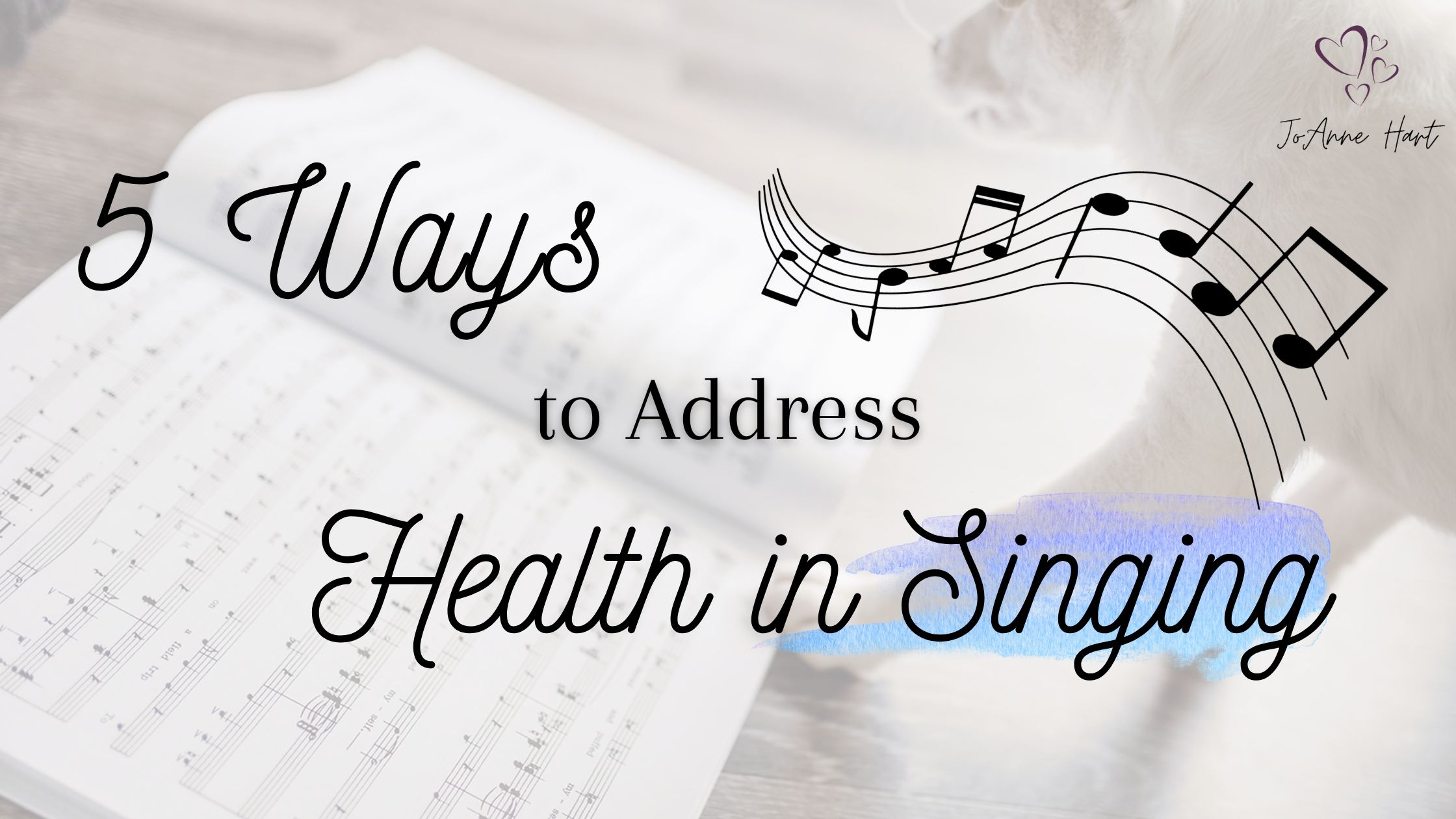To those of you who aren’t voice nerds like me, this might not be a concept you’ve ever heard of before. But if you learn about this and put it into practice, I’m certain that you will see a massive transformation in your sound and in your students’ sounds.
First off, what is a register?
A register is a part of the voice where the sound produced is homogeneous through that part of the range.
That’s a moderately unclear way of saying your chest voice (one register) sounds different than your middle voice (another register) and your head voice (another register).
These parts of the voice were named based on sound and where those naming them felt the resonance in their bodies. We now know that these registers also differ based on the muscles in your larynx.
For ease of explanation, I’m going to talk mostly about chest voice and head voice because these are what we call pure registers.
If you look at the image below, you can see arrows to 2 different muscles: the thyroarytenoid muscles (TA muscles) and the cricothyroid muscles (CT muscles).

When we are singing or speaking in chest voice, our vocal folds are short and thick. This happens because the TA muscles contract to produce this sound.
When we are singing or speaking in head voice, the CT muscles contract to pull the vocal folds long and thin.
Therefore, we can call chest voice a TA dominant sound (the TA muscles are contracted), and head voice is CT dominant (the TA muscles are not contracted).
The middle voice exists as a combination of these 2 registers which is why it’s so important to nail down chest voice and head voice first.
Depending on the style and range you or your students are primarily singing, you might spend more time in one of these registers. But that doesn’t mean the other can be neglected. Just like you can’t train only your chest at the gym (if you don’t train your back too you’ll wind up with posture issues), you can’t train just 1 register. We need to do compensatory training.
For me personally, I’ve always been a soprano and didn’t have great training on my chest voice until I finished undergrad. I had a very strong head voice, but not so much stability the lower I got in my range. I also consequently dealt with some voice cracks and overall instability even in my speaking voice.
When I began training my chest voice and developing more strength and stability there, my entire voice improved. It was not longer as unequally developed. I stopped losing my voice as frequently and stopped feeling as much fatigue.
My students have a different problem. Most of them struggle with their head voice, which is challenging for belters who want to perform those powerful, high belts we all love. Taking the time to train my students on how to use both their registers and building up that strength has allowed them more freedom in their voices and more stability regardless of style.
Yes, after we train the registers independently we have to start mixing and working on transitions. But if this foundational piece is not there (which it’s frequently not), it’s hard to get results with mixing. It just becomes 1 thing.
If this was eye opening to you, click below to get access to my free webinar teaching you how to improve your head voice to strengthen your belt!
Singers, this is for you if you’ve ever struggled with having a balanced voice.
Voice teachers, this is for you because this is going to arm you with information to better serve your students who need this kind of support.
Click to get access now How to Strengthen Your Head Voice to Improve Your Belt


0 Comments